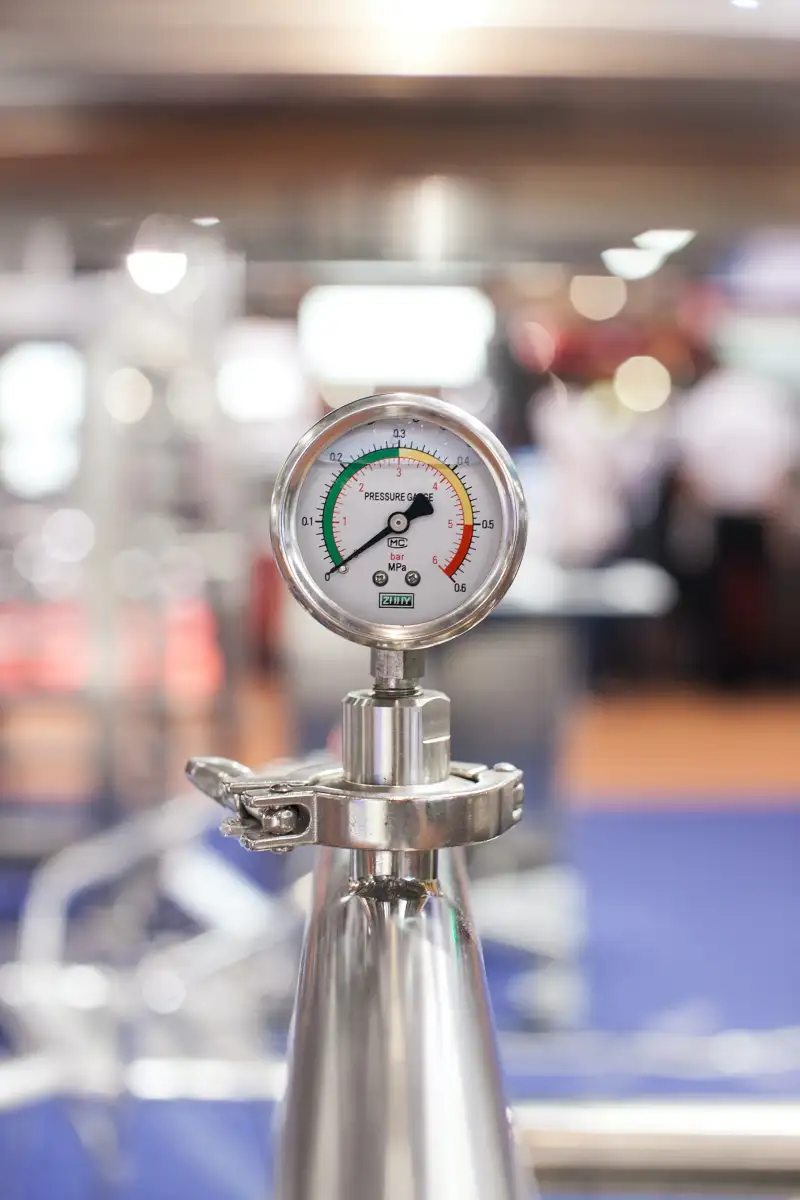Table of Contents
- Academic Pressure
- Social Pressure
- Parental Pressure
- Institutional Pressure
- Effects of Pressure in Schooling
- Interventions and Support
- Conclusion
The concept of pressure in schooling encompasses a variety of stressors and demands placed on students within educational environments. These pressures stem from multiple sources, including academic expectations, social dynamics, parental influences, and institutional policies. The phenomenon of pressure in schooling is critical to understand, as it has profound implications for students’ mental health, academic performance, and overall well-being. This paper seeks to outline and explain the various dimensions of pressure in schooling, examining its causes, effects, and potential interventions.
Academic Pressure
High Expectations and Performance Standards
Academic pressure is one of the most prominent forms of pressure in schooling. It arises from the high expectations and performance standards set by educational institutions, parents, and society. Students are often required to achieve excellent grades, secure top ranks, and excel in standardized tests. These expectations can lead to a competitive atmosphere where the primary focus is on academic achievement rather than holistic development.
The rigorous curricula and frequent assessments further exacerbate this pressure. Students must continually perform at high levels to meet the benchmarks set by their schools and educational systems. This constant demand for excellence can result in anxiety, burnout, and a decline in mental health. The stress of maintaining high academic standards can also lead to unhealthy behaviors such as cheating or excessive reliance on stimulants.
College Admissions and Career Prospects
The pressure to perform academically is closely linked to college admissions and future career prospects. The competitive nature of college admissions processes, particularly in prestigious institutions, amplifies the pressure on students to excel academically. The emphasis on high grades, test scores, and extracurricular achievements creates a high-stress environment where students feel compelled to outperform their peers.
This pressure is not limited to high school students; it permeates through all levels of education. Even at the elementary and middle school levels, students are often pushed to participate in advanced classes and extracurricular activities to build a robust academic profile for future opportunities. The long-term impact of this pressure can be detrimental, leading to chronic stress and diminished motivation.
Social Pressure
Peer Dynamics and Social Comparisons
Social pressure is another significant aspect of pressure in schooling. Peer dynamics and social comparisons play a crucial role in shaping students’ experiences in educational settings. Students often feel the need to conform to social norms and meet the expectations of their peers. This can include pressures related to appearance, behavior, and social status.
The rise of social media has intensified these pressures, as students are constantly exposed to curated images and achievements of their peers. The need to present an idealized version of oneself can lead to feelings of inadequacy and low self-esteem. The fear of social exclusion and the desire for acceptance can drive students to engage in behaviors that may not align with their true interests or values.
Bullying and Peer Victimization
Bullying and peer victimization are extreme forms of social pressure that can have severe consequences for students’ mental health and academic performance. Victims of bullying often experience anxiety, depression, and a decline in academic engagement. The social pressure to fit in and avoid being targeted can lead to a sense of isolation and helplessness.
Schools have implemented various anti-bullying programs and policies to address this issue, but the effectiveness of these interventions varies. Creating a safe and supportive school environment is essential for mitigating the negative impact of social pressure and promoting students’ well-being.
Parental Pressure
Get the full article AD FREE. Join now for full access to all premium articles.
View Plans & Subscribe Already a member? Log in.






